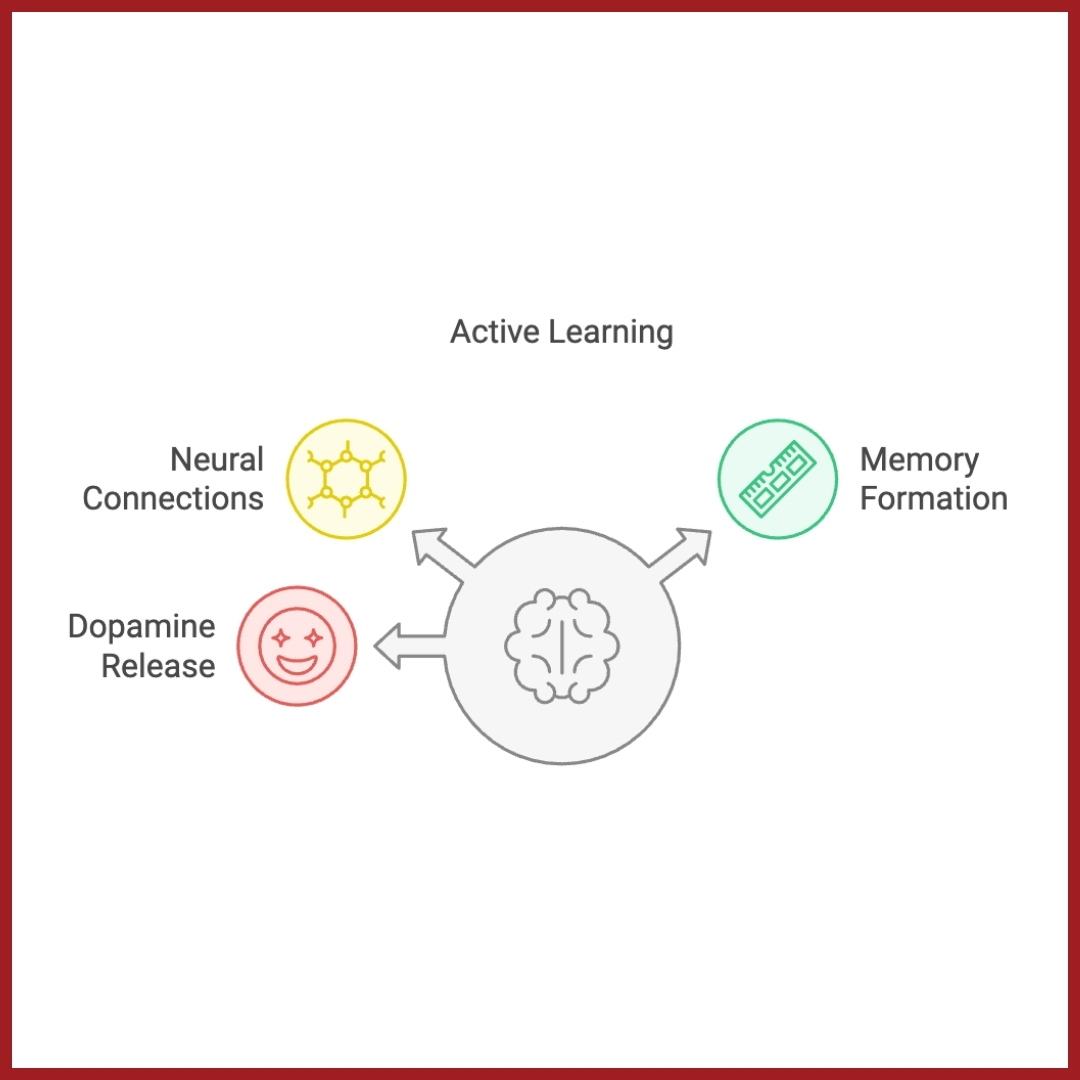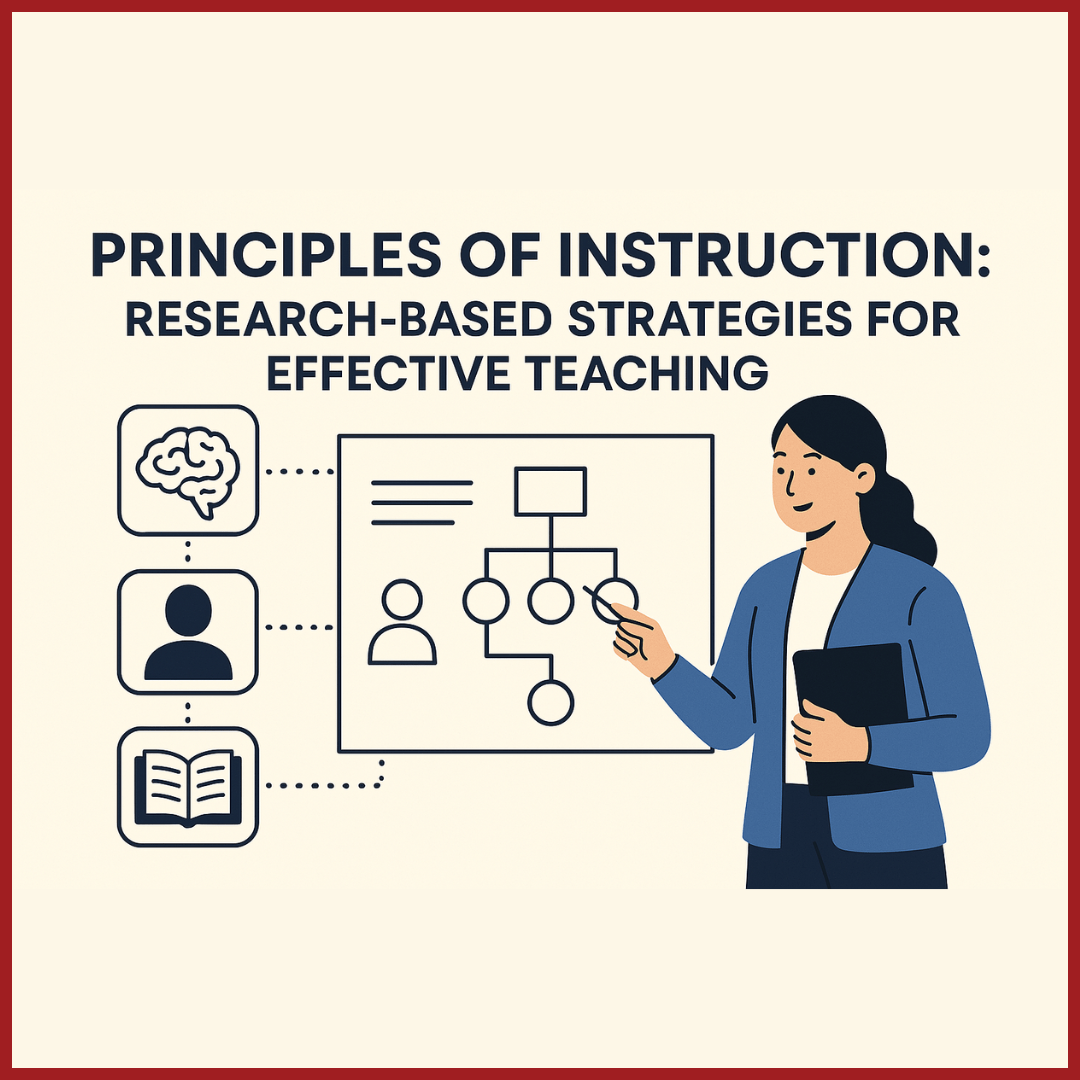Edition 02 | February 2025
Edu- Praxis
The articles in this section, lets you dive into fascinating educational research and uncover its practical applications in the classroom.
Should Schools Ban Mobile Phones?

Table of Contents:
The Study
Should schools ban mobile phones?
As with all technology, mobile phones come with both advantages and disadvantages. While they offer opportunities for students to connect with people, access information, and use revision apps, they also present potential distractions. Social media and games, in particular, can easily divert students’ attention away from learning.
To investigate the impact of mobile phone bans, researchers took a long-term, evidence-based approach. They tracked schools that implemented a mobile phone ban and those that did not, measuring the effects on student performance in their GCSE exams. The study analysed the exam results of 91 schools across four major cities in England before and after mobile phone bans were introduced. The main question at hand: Does banning mobile phones in schools improve student learning?
The Main Findings
2. 14.23% increase for lower-performing students: The increase in test scores for students in the lowest 20% of previous achievement. They gained more than double the general average!
3. The ban also disproportionately helped disadvantaged students: Students eligible for free school meals gained the most from the mobile phone ban.
4. Students who attended a school that banned mobile phones were more likely to go on to achieve at least five GCES of grades A*-C.
5. There were no negative effects of mobile phone bans for high-achieving students, meaning schools can boost the achievement of their lowest-performing students without negatively affecting their best students.
6. The longer a school banned mobile phones, the larger the boost students got in their exam results.
Related Research
Excessive mobile phone use has been linked to reduced concentration, increased feelings of fear of missing out (FOMO), heightened anxiety and stress, and even disruption to both memory and sleep patterns. In classrooms, evidence suggests that technology may not always be the powerful educational tool many expect. For instance, students who take notes on electronic devices tend to remember less from their lessons and perform worse on exams. Even when students are given specific instructions on how to use technology for learning, many revert to playing games or browsing online. Additionally, another study found that students who report frequent phone usage tend to achieve lower grades. This trend was consistent across all students, regardless of gender or previous academic performance.
Classroom Implications
For teachers, the main takeaway from this study is the clear positive impact that limiting or banning mobile phone usage can have on student performance, especially for those who are academically struggling. With distractions like texting, social media, and games just a tap away, mobile phones can easily pull students’ focus from learning. By minimising or eliminating these distractions, teachers can foster an environment that encourages deeper engagement with lessons, promotes active participation, and ultimately leads to improved academic outcomes. Lower-performing and disadvantaged students particularly benefit from this kind of policy, as reflected by the substantial improvement in their test scores. However, the study does include a caveat—while mobile phones can be a distraction, they might also have potential as learning tools if used in a properly structured manner.
That said, the structured use of mobile phones in educational settings remains unclear, making it sensible to recommend that schools consider banning mobile phones, as the positives of doing so currently outweigh the negatives.
This approach might face resistance from both parents and students. Common arguments against banning mobile phones include that they provide a safety measure, allowing students to contact parents after school, and that mobile technology is part of the 21st century, which schools should embrace. However, the safety argument can be addressed by allowing students to use their phones after school hours. As for the argument about technology, the evidence shows that, in practice, mobile phones do not significantly enhance learning— and promoting effective learning is the foundation of a strong knowledge economy.
Reference List: The Studies
Wood, B., Rea, M. S., Plitnick, B., & Figueiro, M. G. (2013). Light level and duration of exposure determine the impact of self-luminous tablets on melatonin suppression. Applied Ergonomics, 44(2), 237-240.
Mueller, P. A., & Oppenheimer, D. M. (2014). The pen is mightier than the keyboard: Advantages of longhand over laptop note-taking. Psychological Science, 25(6), 1159-1168.
Forrin, N. D., & MacLeod, C. M. (2018). This time it’s personal: The memory benefit of hearing oneself. Memory, 26(4), 574-579.






















































